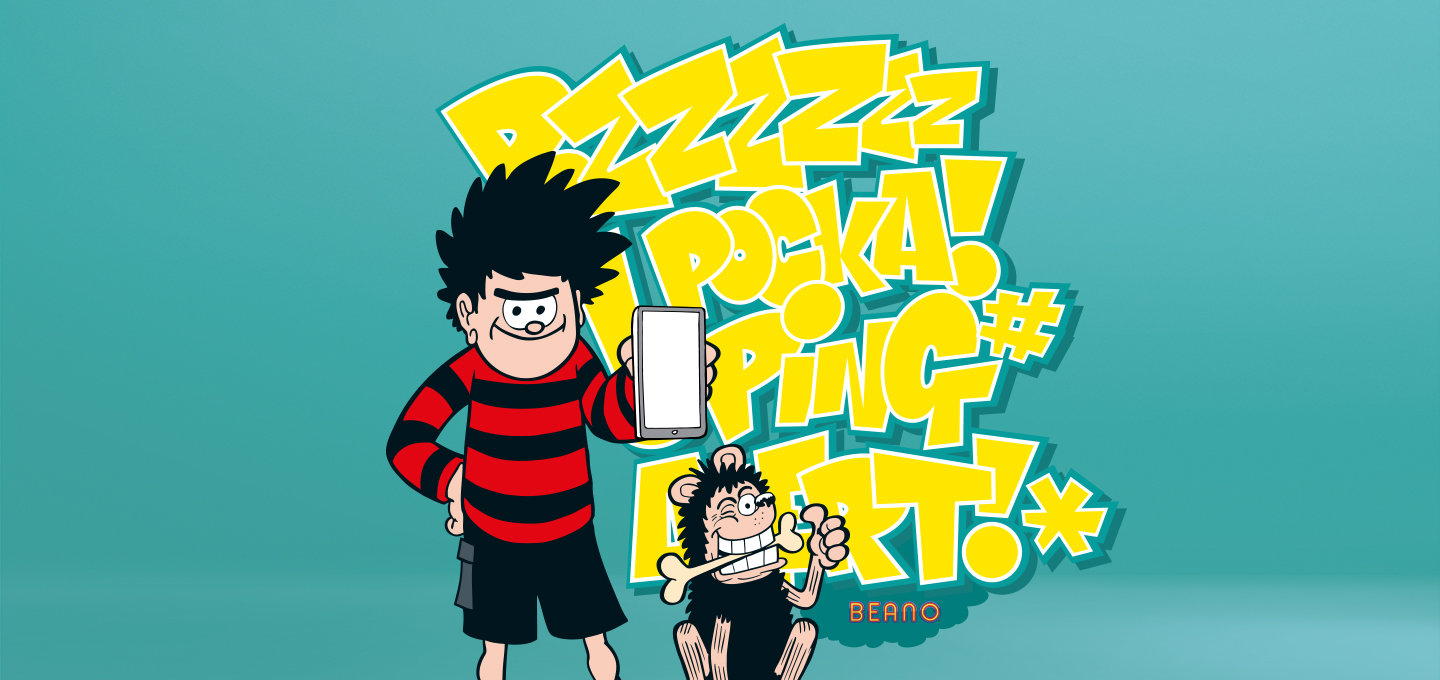We’ve all been there. You’re just getting into your new favourite TV show or a captivating YouTube clip, and then suddenly out of nowhere, bam, you’re hit with an ad break. Sigh.
The thing is, we probably wouldn’t mind these interruptions as much if the adverts were actually entertaining, but more often than not, they’re not only full of the same old corporate spiel, but they’re pushy, irrelevant and just downright boring. And we’re saying that as a marketing company.
It’s for these reasons that more brands are looking to not only be more subtle with their advertising efforts but offer greater value to the viewer with these promotions. Their strategy for achieving this? Branded content.
But what is branded content exactly, what are its benefits and how can brands like yours use branded content to your advantage?
What is branded content marketing?
Branded content is where a brand creates and promotes content that is primarily designed to engage and entertain its target audience, all while subtly promoting its products, services, or brand values.
Unlike traditional advertising, which is often interruptive and explicitly promotional, branded content is more about providing value to the audience (as it should be, in our humble opinion). It does so by delivering relevant and engaging content that aligns with the brand’s identity or message.
Branded content can take various forms, including:
- Articles and blog posts: Brands may create articles or blog posts that provide useful information or entertainment related to their industry or target audience’s interests.
- Videos: Brands produce videos, such as web series, short films, or documentaries, that tell a story or convey a message while subtly featuring their products or services.
- Social media campaigns: Companies run social media campaigns that involve creating and sharing engaging content on platforms like Instagram and TikTok, often in the form of stories, posts, or challenges.
- Podcasts: Brands may sponsor or create their own podcasts to discuss topics related to their industry or customer interests.
- Events and experiences: Some businesses create physical or virtual events, workshops, or experiences that engage with their audience while subtly promoting their offerings.
- Infographics and visual content: Sharing informative and visually appealing content, such as infographics, charts, or interactive content, can help convey a brand’s message in an engaging way.
What are the key aspects of branded content marketing?
Some of the main elements of branded content marketing include:
- Audience-centric approach: Successful branded content marketing begins with a deep understanding of the target audience’s interests, needs, and preferences. Content is created with the audience in mind, aiming to provide information or entertainment that resonates with them.
- Value creation: The content produced as part of a branded content marketing strategy should offer real value to the audience. This value can take various forms, such as educational content, entertainment, inspiration, or problem-solving.
- Subtle brand promotion: While the content is created to engage and educate, it also subtly promotes the brand, its products, or its values. The promotional aspect should be integrated seamlessly into the content rather than appearing as overt advertising.
- Storytelling: Brands use narratives to convey their messages, connect with the audience on an emotional level, and make the branded content more engaging.
What are the benefits of branded content?
Branded content offers numerous potential benefits for brands, including the following:
- Improved brand awareness: Branded content helps to increase brand visibility and recognition among a wider audience. By creating valuable and shareable content, businesses can reach new potential customers and enhance their presence in the market.
- Enhanced brand loyalty: When brands provide valuable content that aligns with their audience’s interests and needs, it can foster a sense of affinity among existing customers. Consumers are more likely to remain loyal to brands that consistently deliver relevant and engaging content.
- Deeper audience engagement: Branded content has the potential to engage audiences on a deeper level compared to traditional advertising. It can create emotional connections, spark conversations, and encourage user-generated content, leading to more meaningful interactions with customers.
- Increased trust and credibility: By offering informative, authentic, and non-invasive content, brands can build trust and credibility with their audience. When consumers perceive a brand as a valuable source of information or entertainment, they are more likely to trust and favour it.
- Educational value: Branded content can serve as an educational resource for consumers. By providing useful information, tutorials, or guides, brands can position themselves as experts in their industry and help customers make informed decisions.
- Flexibility and creativity: Branded content allows brands to experiment with various content formats, from articles and videos to podcasts and interactive experiences. This flexibility encourages creativity and innovation in marketing strategies.
What are some branded content examples?
Let’s look at some branded content examples Pitch has helped create to showcase this type of marketing in practice, with all of these campaigns prioritising audience engagement over brand promotion.
EE – Keep Kids Safe
Our Keep Kids Safe video for EE took on the form of an animated Beano comic book strip. While the aim of the branded content was ultimately to promote EE’s PhoneSmart licence, it did so by both entertaining viewers via a much-loved cartoon comic and educating them on the issue of online phone safety. The video featured the iconic Dennis the Menace character and his cousin Minnie getting their first phones and facing problems like catfishing and accidentally broadcasting their location in order to explore the issue.
Hyundai – Undercover Stars
The next example comes from our Undercover Stars campaign with Hyundai in association with Chelsea FC. In the video, Chelsea footballers Mason Mount and Erin Cuthbert assumed undercover roles as car dealers tasked with interacting with unsuspecting customers. However, the customers they talked to were actually actors hired to challenge them with intricate questions, ultimately catching them off guard and hugely entertaining viewers.
Betfair – Switching Saddles
During our Switching Saddles campaign for Betfair, we tasked former Olympic cyclist champion Victoria Pendleton with becoming a jockey and taking part in the iconic Cheltenham Festival. Featuring various events throughout her year training period to showcase Pendleton’s training efforts, the campaign generated huge audience engagement thanks to its unique, inventive, and ultimately entertaining approach.
ASICS – Upliftford
Pitch’s “Upliftford” campaign for sports brand ASICS is another great example of branded content (if we say so ourselves). Produced in collaboration with mental health charity Mind, we transformed the entire town of Retford into a movement-inspired gym called “Upliftford”. For instance, bus stops were turned into ‘bus steps’, benches were transformed into ‘bench presses’, and lamp posts became ‘goal posts’. This not only promoted the benefits of exercise for improving mental health in a fun way, but subtly showcased ASICS too.
Paddy Power – “England ‘Til I Dye”
During the England Til I Dye! advert for Paddy Power in the build up to the 2018 World Cup, we ‘dyed’ the St. George’s Cross onto a polar bear to show Paddy Power’s support for the England team. However, this was purely a publicity stunt, with special effects used to create the cross. The campaign ultimately provided shock value and drummed up excitement for the World Cup instead of overtly promoting Paddy Power, making it another fantastic example of branded content marketing.
How can brands use branded content to their advantage?
Brands can leverage branded content to their advantage by following a strategic approach that aligns with their goals and audience. Here are some key steps to make the most of branded content:
- Understand your audience: Conduct thorough audience research to understand the interests, needs, and behaviours of your target audience.
- Set clear objectives: Define specific and measurable goals for your branded content campaigns, such as increasing website traffic, generating leads, or boosting brand awareness.
- Develop a content strategy: Create a content strategy that outlines the types of content you will produce, the topics you will cover, and the channels you will use to distribute your content. Ensure that your strategy aligns with your brand’s identity and values.
- Create valuable content: Produce content that provides genuine value to your audience. Focus on quality and relevance to capture and retain your audience’s attention.
- Subtle brand integration: Incorporate your brand message or product offerings subtly within the content. Avoid overtly promotional content that may turn off your audience.
- Leverage storytelling: Use storytelling techniques to engage your audience emotionally and create a connection between your brand and your audience.
- Choose the right channels: Identify the platforms and channels where your target audience is most active. This could include social media, your website, email newsletters, or even partnerships with other content creators.
- Promote and distribute: Actively promote your branded content through various channels, including social media, email marketing, paid advertising, and influencer partnerships. Explore content syndication or guest posting on authoritative websites to expand your reach.
- Engage with your audience: Encourage comments, shares, and discussions around your content. Respond to comments and engage in conversations to build relationships with your audience.
- Measure and analyse: Track the performance of your branded content using relevant metrics, such as website traffic, engagement rates, conversion rates, and social media analytics. Use data-driven insights to refine your content strategy and make improvements for future campaigns.
- Build relationships with influencers: Collaborate with influencers or industry experts who align with your brand’s values and audience. Their endorsement can extend your content’s reach and credibility.
Here at Pitch, this kind of advertising is our bread and butter, and we’re perfectly placed to help take your brand’s branded content efforts to the next level. Learn more about our branded content services here, and don’t hesitate to get in touch to find out even more or to make an enquiry.






